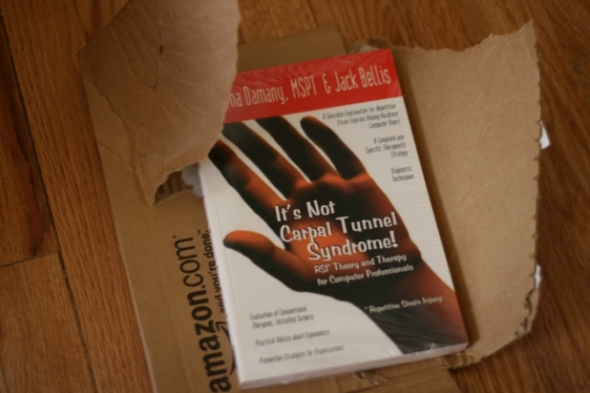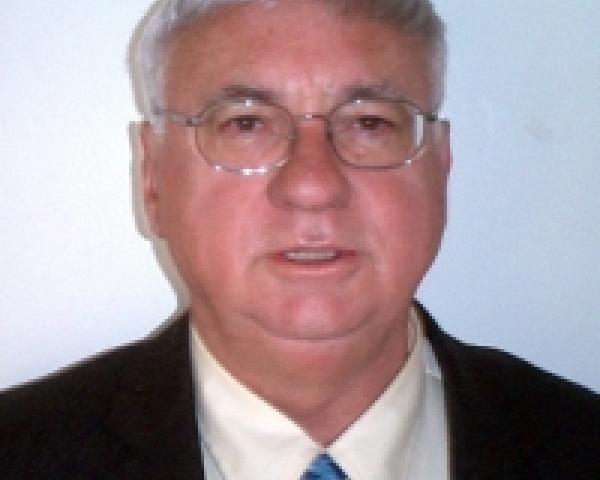Carpal tunnel syndrome (CTS) has caused a firestorm of controversy in recent years. CTS is a perfect example of how popular beliefs are not supported by medical evidence.
It is time to set the record straight.
Although the popular belief is that keyboard use causes CTS, the science shows otherwise. Nine studies have reviewed this relationship, including ones by the Mayo Clinic, Harvard Medical School and a Swedish study reported in Orthopedics Today. The scientific research shows that keyboards are safe to use and do not cause CTS. Furthermore, keyboard design had no effect on the incidence of CTS. Symptoms may increase with many activities, including the use of keyboards, but keyboards do not cause CTS.
According to the AMA Guides to the Evaluation of Disease and Injury Causation, "85% of patients who meet the National Institute of Occupational Safety and Health (NIOSH) guidelines and requirements for a diagnosis of CTS would not have a true CTS confirmed by nerve conduction testing."
What complicates the diagnosis and treatment of CTS is that there are multiple causes of the symptoms. These include: diabetes, pregnancy, use of birth control pills, menopause, various vitamin deficiencies, insufficient water consumption, exposure to cold temperatures, incorrect sleeping positions, smoking, knitting, playing musical instruments, recreational sporting activities and other non-work-related activities.
What complicates the diagnosis and treatment of CTS even further is that there are literally dozens of other diseases and conditions that mimic CTS-like symptoms. These include: tendonitis, bursitis, sprains, fractures, dislocations, gout, rheumatoid arthritis, osteoarthritis, thoracic outlet syndrome, myofacial trigger points, as well as an array of neck, shoulder, back and cervical conditions. In fact, there are 59 medical conditions that have been identified to be associated with CTS-like symptoms.
A common error in diagnosis and treatment is the tendency of physicians to treat a case as if there were a single physical site causing all the problems. In fact, it would be extremely rare for only one nerve location to be involved. This means that pain in the wrist may be the result of nerve entrapment in the neck or shoulder. This is referred to as the "whole-nerve syndrome."
Even the popular name is incorrect. The correct clinical name is Median Nerve Compression Neuropathy. According to the AMA Physicians Guide to Return to Work, "CTS is actually a condition with a known pathology and not a syndrome, but the name 'carpal tunnel syndrome' has become so well-known that CTS is used."
Medical studies have shown that as many as 85% of patients who are told they have CTS are misdiagnosed. The overwhelming number of cases are determined to be work-related--a major problem in the workers' compensation industry for the past two decades--and it has been reported that as many as 70% of those diagnosed go on to receive CTS surgery.
Currently, 250,000 people a year in the U.S. have CTS release surgery. If 85% of those are based on misdiagnoses, that would mean more than 210,000 unnecessary surgeries per year. At a cost of $5,000 to $10,000 per surgery, that's some $1.5 billion a year spent on inappropriate surgery, much of it paid for by workers' comp.
According to a University of Maryland Medical Center study, "CTS surgery does not cure all patients and because it permanently cuts the carpal tunnel ligament some wrist strength is often lost. A number of experts believe that CTS release is performed too often."
A medical director at a leading insurance company told me, "I recommend that all CTS cases have surgery because that is where all the cases end up anyway." Needless to say, I will not recommend that insurer to my clients.
The good news is that CTS can be diagnosed accurately. In many cases, it can be treated successfully with conservative treatment in a matter of weeks and is easily prevented.
The bad news is that primary-care physicians more often than not misdiagnose CTS. This results in incorrect treatment and unnecessary surgery, which leads to chronic unresolved conditions, no relief to the patient and staggering costs to U.S. employers and insurers.
Leading medical experts such as Dr. Peter Tsairis, retired chairman of neurology at the Hospital for Special Surgery in New York, said the biggest concern is the automatic assumption that the clinical problem is work-related. "It is a significant problem, since many of these patients do not have CTS," he added. He has often seen patients already scheduled for surgery whose primary-care physicians did not perform a thorough physical exam or conduct any electrical diagnostic testing to confirm the CTS diagnosis.
Dr. Ron Safko, a New York-based, board-certified chiropractic orthopedist, has also seen many cases of misdiagnosis by primary-care physicians. "It boggles my mind how physicians do not even consider other underlying conditions and do not even examine other areas, such as the neck, back, shoulder or cervical spine," he said.
Just because it has become a widely accepted urban myth that CTS is caused by keyboarding and, therefore, a work-related injury, should not give treating physicians the liberty to avoid performing a thorough patient history, physical examination and appropriate diagnostic testing based on widely accepted and evidenced-based medical protocols.
Isn't it about time the workers' compensation industry got it right?
This article first appeared on Annmarie Communicates Insurance.







